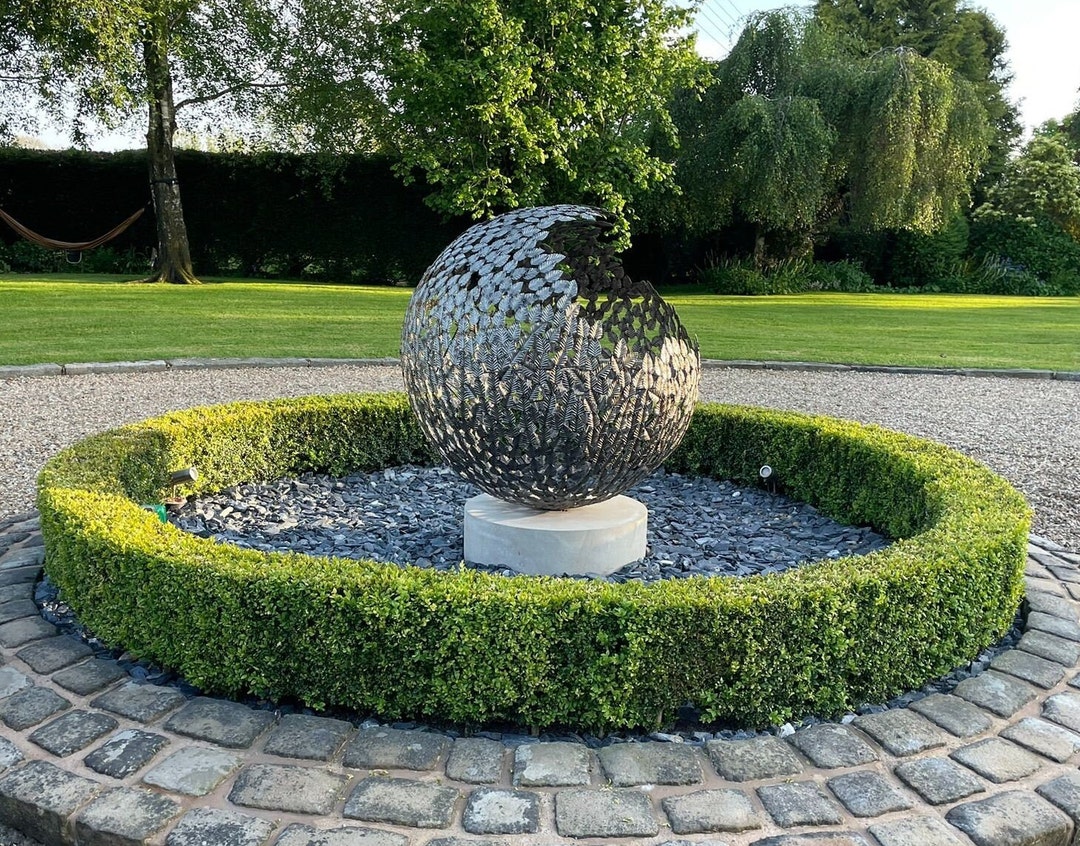Creating a beautiful and inspiring sculpture garden is a rewarding project that can transform any outdoor space into a haven of art and nature. Whether you are an art enthusiast, a landscape designer, or someone simply looking to enhance your backyard, understanding how to design a sculpture garden is essential. In this guide, we will explore the various elements and steps involved in crafting a garden that is both aesthetically pleasing and functional.

Understanding What a Sculpture Garden Is
A sculpture garden is an outdoor space curated specifically for showcasing sculptures and other art pieces. It merges the beauty of natural landscapes with the creative expression of human art, creating an environment where both elements complement each other.
Choosing the Right Location
When considering how to design a sculpture garden, the first step is selecting the perfect location. The area should have the necessary space to accommodate various sculptures while allowing for paths and viewing areas. Consider factors like sunlight, shade, and accessibility.
Evaluating the Space
Measure the available space and take note of existing features like trees, water elements, and terrain. These will influence the layout and design of your garden.
Planning the Layout
A well-thought-out layout is crucial for a successful sculpture garden. Think about how visitors will move through the space and interact with the art pieces. Paths should be clear and inviting, guiding viewers through the garden.
Creating Viewing Areas
Design specific areas where people can pause to admire the sculptures. These could be benches, clearings, or platforms that offer different perspectives.
Selecting Sculptures
The choice of sculptures is a defining aspect of your garden. Consider the style, size, and material of each piece, and how they will fit together to create a cohesive theme.
Mixing Styles and Materials
Don’t hesitate to mix different styles and materials. Combining metal with stone or abstract with classic can add diversity and intrigue to the garden. For metal art lovers, our guide on abstract metal art might be useful.
Incorporating Native Plants
Integrating plants native to your region can enhance the natural beauty of your garden. They require less maintenance and provide a habitat for local wildlife.
Choosing Complementary Flora
Select plants that complement the sculptures, in terms of both color and form. This harmony between art and nature is key to the garden’s overall aesthetic.
Lighting and Its Importance
Proper lighting can dramatically change the atmosphere of a sculpture garden. It highlights the art pieces and creates a magical ambiance during the evening hours.
Types of Lighting
Consider using a mix of spotlights, pathway lights, and ambient lighting to accentuate different features of the garden.
Considering Maintenance
Regular maintenance is necessary to keep your garden looking its best. This includes cleaning the sculptures, pruning plants, and repairing any damage to paths or lighting.
Rust Prevention for Metal Sculptures
Metal sculptures require special attention to prevent rust. For tips on protecting outdoor metal art, check out this rust prevention guide.
Budgeting for Your Project
Setting a budget early in the planning process is crucial. Consider costs for sculptures, materials, plants, and maintenance.
Finding Affordable Art
Explore local art fairs and online marketplaces to find sculptures that fit your budget. You might also consider working with emerging artists.
Incorporating Water Features
Water features like ponds or fountains can add a serene element to your garden. They enhance the sensory experience with the sound of flowing water.
Designing Around Water
Ensure that water features are placed in areas that won’t disrupt the flow of the garden, and that they are easily accessible for maintenance.
Using Metal Art for a Modern Touch
Metal sculptures bring a modern and industrial flair to any garden. Explore more about stainless steel art for ideas.
Choosing the Right Metal
Consider metals like stainless steel or bronze, which are durable and weather-resistant. These materials can withstand outdoor elements while maintaining their beauty.
Integrating Paths and Walkways
Paths and walkways are essential for guiding visitors through the garden. They should be designed to enhance the experience, providing easy access to all areas.
Material Choices for Paths
Use materials like stone, gravel, or wood to create paths that blend seamlessly with the garden’s natural look.
Engaging the Local Community
Opening your sculpture garden to the public can foster community engagement. Host events and art shows to bring people together and promote local artists.
Partnering with Artists
Collaborate with local artists to display their work. This can enrich your garden and provide artists with valuable exposure.
Using Wind Spinners for Dynamic Art
Wind spinners add movement and life to the garden. They are captivating and can be a focal point in your design. Check out our wind spinners for inspiration.
Placing Wind Spinners
Position wind spinners in open areas where they can catch the breeze and be easily seen by visitors.
Adding Edging for Definition
Edging defines the boundaries of paths and planting areas, giving the garden a polished look. It also helps keep mulch and soil in place.
Choosing Edging Materials
Materials like metal, stone, or brick can be used for edging. They should complement the overall design of the garden.

FAQs
What is the best material for outdoor sculptures?
Materials like bronze, stainless steel, and stone are popular for outdoor sculptures due to their durability and resistance to weather.
How do I maintain a sculpture garden?
Regular maintenance includes cleaning sculptures, pruning plants, and checking lighting and paths for damage. Consider seasonal adjustments as well.
Can I incorporate other art forms in my sculpture garden?
Yes, you can incorporate other art forms like paintings, mosaics, or even performances, as long as they complement the overall theme and design of the garden.
This article contains affiliate links. We may earn a commission at no extra cost to you.

